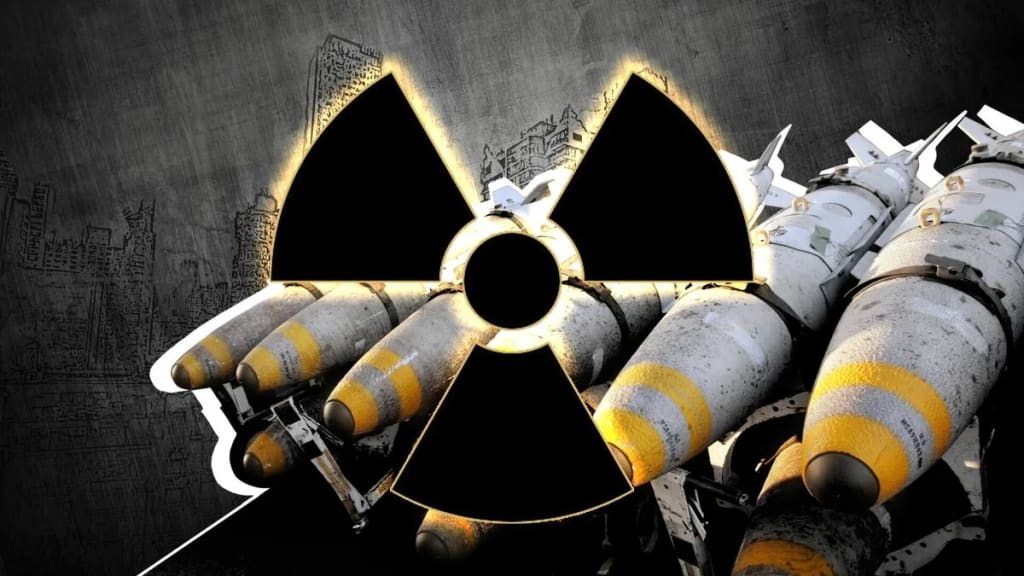
Nuclear weapons are the most destructive and powerful weapons ever created by mankind. These weapons use nuclear reactions to release an enormous amount of energy in the form of an explosion. The use of nuclear weapons is highly controversial and remains one of the most significant security concerns for nations around the world. In this article, we will explore the history, development, and current status of nuclear weapons.
History of Nuclear Weapons:
The history of nuclear weapons dates back to the 1930s when scientists discovered the potential of splitting an atom. In 1942, the Manhattan Project was initiated by the US government to develop the first nuclear weapon. The project was headed by physicist Robert Oppenheimer, and it involved many prominent scientists, including Enrico Fermi and Edward Teller. In 1945, the United States dropped two atomic bombs on Japan, which killed over 200,000 people and led to the end of World War II.
After World War II, several nations started developing their nuclear weapons programs. In 1949, the Soviet Union tested its first nuclear weapon, followed by the United Kingdom in 1952, France in 1960, and China in 1964. Today, there are nine countries that possess nuclear weapons, including the United States, Russia, China, France, the United Kingdom, India, Pakistan, Israel, and North Korea.
Development of Nuclear Weapons:
The development of nuclear weapons involves a complex process that requires highly skilled scientists, engineers, and technicians. The process involves several stages, including mining and processing uranium or plutonium, designing the weapon, assembling and testing the weapon, and deploying it.
The first stage in the development of nuclear weapons is the extraction and processing of fissile materials, such as uranium or plutonium. This involves mining the raw material, processing it into a usable form, and enriching it to increase the concentration of the fissile isotope. The enrichment process is highly complex and requires advanced technology, including gas centrifuges and gas diffusion.
The next stage in the development of nuclear weapons is designing the weapon. This involves creating a critical mass of fissile material, either by using the gun-type design, where two sub-critical masses are brought together, or the implosion design, where a sub-critical mass is compressed by high explosives to achieve criticality.
Once the design is complete, the weapon is assembled and tested. Nuclear weapons testing involves detonating the weapon to verify its effectiveness and reliability. Testing also helps to ensure that the weapon is safe and will not malfunction or cause unintended damage.
Current Status of Nuclear Weapons:
Today, nuclear weapons remain a significant security concern for nations around the world. There are an estimated 13,400 nuclear weapons in the world, with the United States and Russia possessing the vast majority of them. The use of nuclear weapons is highly regulated under international law, including the Nuclear Non-Proliferation Treaty (NPT), which aims to prevent the spread of nuclear weapons and promote disarmament.
Despite the efforts to reduce the number of nuclear weapons, many nations continue to develop and modernize their nuclear arsenals. In recent years, there has been a renewed interest in nuclear weapons among some countries, leading to an increased risk of nuclear proliferation.
The consequences of a nuclear war would be catastrophic, with millions of people killed and entire cities destroyed. The use of nuclear weapons is also a significant environmental concern, as the explosion releases massive amounts of radiation into the atmosphere, causing long-term health and environmental damage.
Conclusion:
In conclusion, nuclear weapons remain one of the most significant security concerns for nations around the world. The development of nuclear weapons involves a complex process that requires advanced technology and highly skilled scientists and engineers. The use of nuclear weapons has the potential to cause catastrophic damage to human life and the environment.






Comments
There are no comments for this story
Be the first to respond and start the conversation.